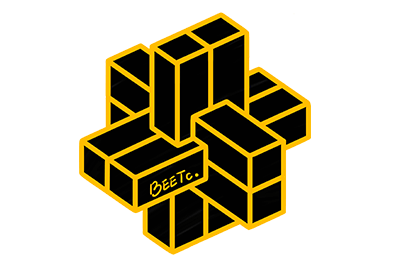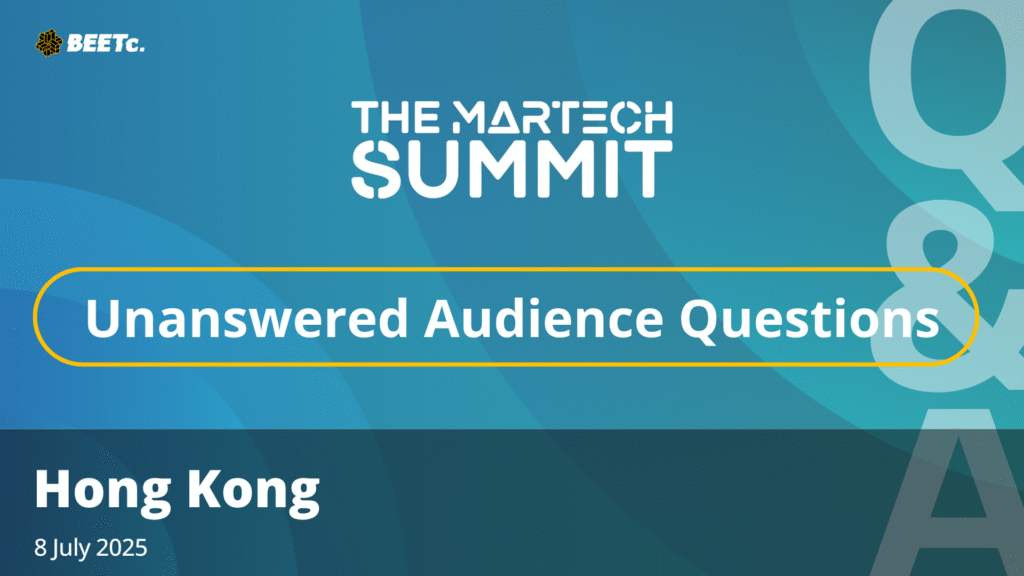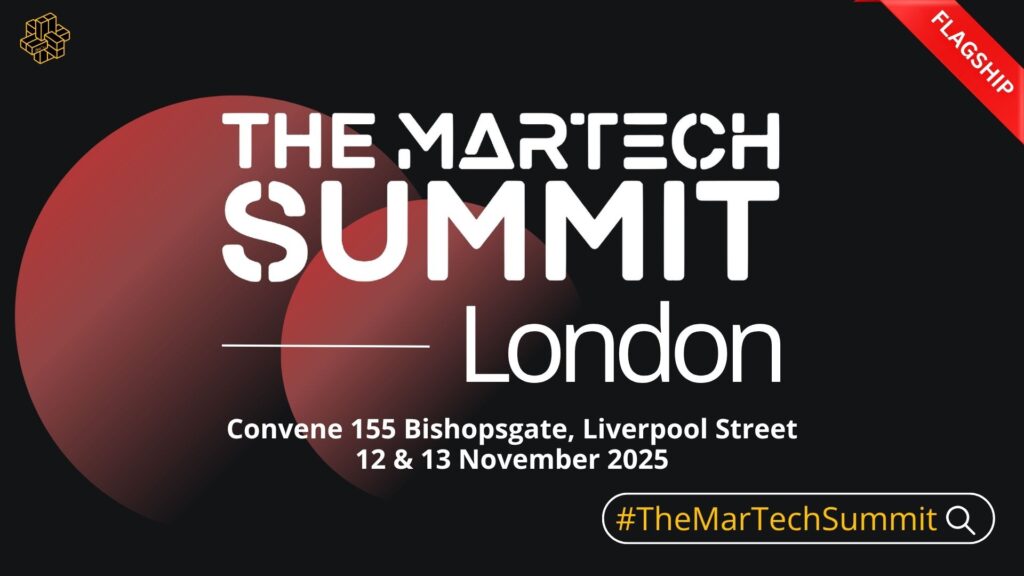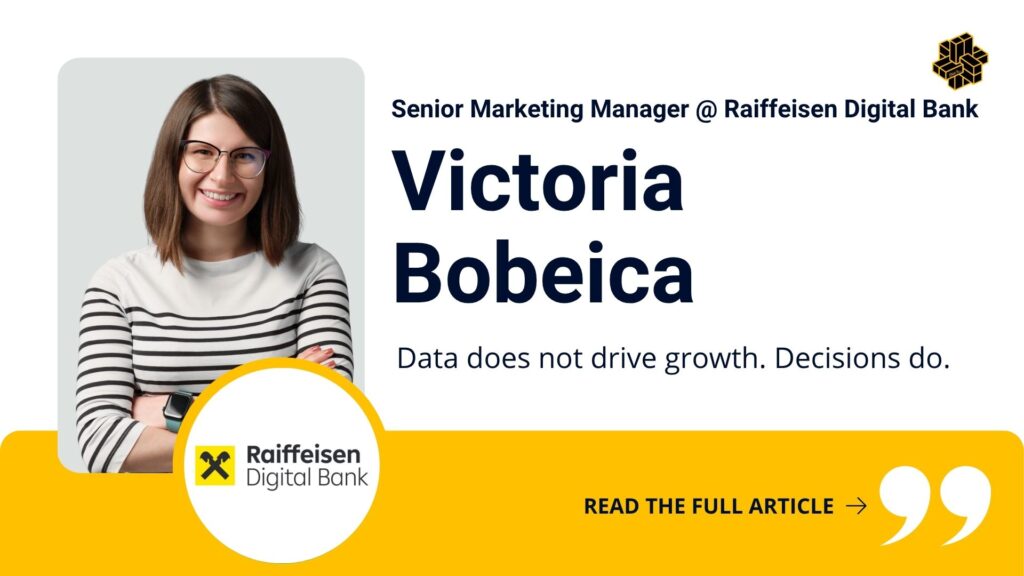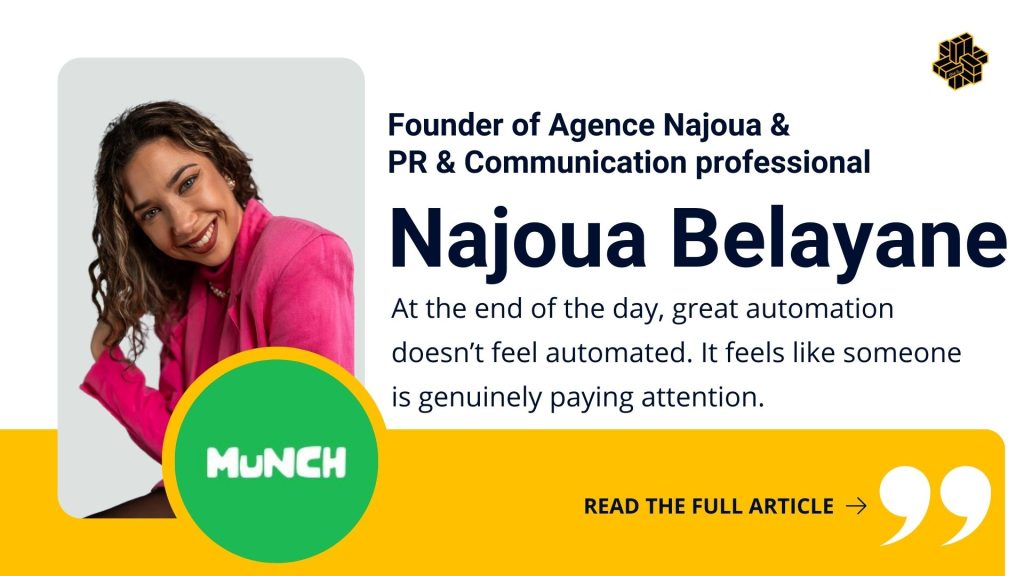
Humanising automation: How to craft emotionally resonant customer journeys
We’re glad to have Najoua Belayane, a seasoned PR and CRM expert, share her perspective on how to make automation feel anything but robotic. With experience shaping Munch into a beloved brand across four countries, Najoua brings a people-first approach to CRM that one where empathy, storytelling, and connection sit at the heart of every message. In this article, she walks us through six powerful ways to build CRM flows that not only convert, but resonate.
About Najoua Belayane
I’m Najoua Belayane. I’m a PR & Communication professional and the founder of Agence Najoua, a PR, Communication, and LinkedIn agency. I’m also working as the global head of PR and Partnerships at Munch, which is the biggest platform in Central and Eastern Europe for saving food. I often speak about branding and sustainable communication at universities and startup events. I was also one of the youngest nominees for the Signature PR Award of 2024. I’m proud to be part of the Hungarian PR Association and part of Forbes’s first LinkedIn’s most Influential List.
About five years ago, I joined Munch as one of its first full-time team members. What started as a regular job has turned into an exciting journey to transform Munch from just a B2BC service into a brand loved by many. Now, Munch operates in four countries. During this time, I’ve learned the importance of building trust, telling engaging stories both in PR and marketing automation, and making automated systems feel relatable. The results were 26% higher email open rate over the years on the Hungarian market, and on average, 12% higher across all other markets.
6 ways to take your CRM to the next level
Automation often sounds cold and impersonal. But it doesn’t have to be that way. It should help us connect with people on a larger scale. In my work, I use automated tools to send the right messages to the right people at the right time. This isn’t about fancy technology but about understanding our users deeply. I’ve created processes that feel personal, not robotic.
Here’s how I made it work, so can you.
1. Data matters: know your audience
For personalised messages, you need detailed information about your customers. More than just age or location, you need (soft) insights into their behaviours and motivations. At Munch, we segmented our audience by several factors: geography, purchase patterns, their reasons for using Munch, and the effort they would make to pick up a package. Whether they wanted to save money, prevent food waste, or support the community, we understood their motivations through our internal research. We targeted messages based on these insights, which performed better and connected more with our users.
Once we had this data, we built and tested automation flows that spoke directly to each group. The ones that performed best stayed; the rest evolved.
This is why our campaigns didn’t just convert – they resonated.
2. Use your newsletter wisely
Your newsletter is a great tool for testing messages. Unlike automated emails, newsletters are visible and measurable. You can experiment with subject lines, calls to action, images, and
tone. At Munch, we used newsletters as a lab to test ideas. If you have a new campaign in mind, try it out in a newsletter first. You’ll see what works and what doesn’t before applying it to your automation. This helps you tweak national campaigns to local surprises.
Of course, some automations take weeks or months to show full results. Newsletters give you early signals. And even if the campaign can’t be fully replicated (automations often involve complex logic), you can observe emotional reactions.
This approach helped us fine-tune everything, from national awareness campaigns to hyper-local surprise-and-delight flows.
3. Writing matters: think like a journalist
Before working at Munch, I was a journalist. I wrote over 250 articles about social and environmental issues. That experience still shapes my approach to communication. I always start with empathy, clarity, and purpose. So, coming from a journalism background, I write marketing copy as if I’m pitching a story. Your email competes with many other notifications. To stand out, think like a headline writer. Your email’s preview text is your story title that you can personalise.
Here’s the hard truth: if someone sees your email in their inbox, you’re not competing with brands—you’re competing with their boss, their personal emails, and 73 other unread notifications. The average office worker receives over 120 emails a day. If you want to stand out, you have to think like a headline writer. So avoid generic tricks. Use insights that show you understand your customer. Most importantly, spark curiosity, not just a sale. That’s why Munch’s email open rates were significantly higher over the years than the average.
4. Connect with other channels
Many think automation works best on its own in a marketing plan, but that’s not true from my experience. At Munch, we teamed up with the social media team to run joint campaigns (not an integrated campaign, but campaigns including CRM and social effort), and the results were fantastic.
Some of our most successful efforts involved blending channels. For example, we did a game where half of the puzzle was emailed, and the other half was posted on social media. This strategy did more than just asking people to “follow us on Instagram” or “subscribe to our newsletter”. It made users interact and anticipate what was coming next across both channels.
These campaigns not only boost interactions and new followers on both platforms. But also, they strengthen the emotional bond with our brand, urging users to join in at multiple stages of their journey with us.
5. Tell a story that speaks to the hearts
Automation often focuses on timing – sending the right message when it counts. But what we send matters just as much. Timing might get your message into an inbox, but if what it says doesn’t hit home, it’s a missed shot.
Storytelling is powerful for emotional engagement. Making it personal through localisation works wonders. People connect deeply to their hometowns, streets, and local culture. Even small mentions of a landmark, event, or cultural tidbit can change how a message is felt.
A great example at Munch was when we cantered a campaign around a famous Hungarian band Carson Coma. We tailored the whole message flow around their songs, demanding effort but delivering big results. It struck a chord with our audience, fostering not just a business link but an emotional one. These customers didn’t just see Munch as a service – they started seeing it as a brand that truly “gets” them and fits into their world.
6. Hey, where is Sophie?
One of the most missed elements in setting up automation is thinking about who the message comes from. It’s not just about who sends it technically, but the personality behind the name matters. At Munch, we didn’t want users to feel like they were getting messages from a cold, faceless system. Instead, we introduced them to Sophie – someone real, with her own quirks and habits, and we made sure to highlight those personal touches in our emails. Actually she was named after the girlfriend of one of our founders. But it was I who was sending the email, of course.
Sophie wasn’t just “the CRM girl” to our users. She became a friendly and familiar face in their inboxes – someone they recognised and trusted. We shared little snippets about her life: her favourite munch packages, little stories about her life. These bits weren’t gimmicks. They were genuine ways to connect.
But here’s the thing: this bond came with its own set of responsibilities. There was one time we sent out a big campaign without Sophie’s name, and the response was immediate and intense. Dozens of users replied, asking, “Where is Sophie? Is she okay?” Some even thought she had left the company. That experience showed us just how real and strong that emotional connection was.
Personalisation is powerful, but it’s more than just sticking names in the subject lines. It’s about people. When you bring a human face to your automation, you’re not just upping open rates. You’re building trust. And when that trust is broken – whether by mistake or change – it gets noticed. This is the real strength and risk of humanising automation. You’re not just communicating; you’re forming a relationship.
Final Thoughts: Keep the human at the heart of the journey
At its core, automation shouldn’t replace human connection – it should make it better. The most memorable campaigns I’ve worked on weren’t the ones with the most complex logic or the highest budgets. They were the ones that felt genuine. The ones where the user thought, “Wow, this brand gets me.” That kind of connection isn’t built on data alone – it’s built on empathy, relevancy, and timing working together.
Whether you are just starting out or refining your automation flows, remember this: People don’t recall the flow – they remember how it made them feel. Use automation not just to get
conversions, but to show you care. Talk to your audience as though they are individuals, not segments. Appear in their inboxes with the same curiosity, relevancy, and respect you would have in a real conversation.
At the end of the day, great automation doesn’t feel automated. It feels like someone is genuinely paying attention.
Thank you to Najoua Belayane for showing us that automation doesn’t have to sacrifice human connection. By layering in storytelling, emotional intelligence, and a clear voice, brands can craft CRM journeys that customers actually enjoy being part of. Whether you’re just beginning or fine-tuning your strategy, Najoua’s advice proves that the future of CRM lies not in cold logic—but in warmth, trust, and authenticity.
Join Us Now!
Ready to elevate your marketing strategy? Be part of our 2025 summits – where innovation, networking, and cutting-edge insights meet in vibrant cities around the world. We can’t wait to welcome you in person!
➡ Explore the 2025 full calendar here! https://beetc.io/2025-full-event-calendar-beetc/
Can’t attend in person? No problem. Join BEETc On-Screen, our On-Demand Learning Platform, for exclusive access to 500+ sessions and over 300 hours of content from global summits. Upskill at your own pace, gain actionable insights, and stay ahead in a rapidly evolving business landscape.
➡ Explore content from global summits! https://beetc.io/on-screen/
Stay up to date with our In Person Summit, Session Information, and Agenda Updates by following us on:
See more MarTech Thoughts Content/ Interview pieces here!
Last updated: May 2025
